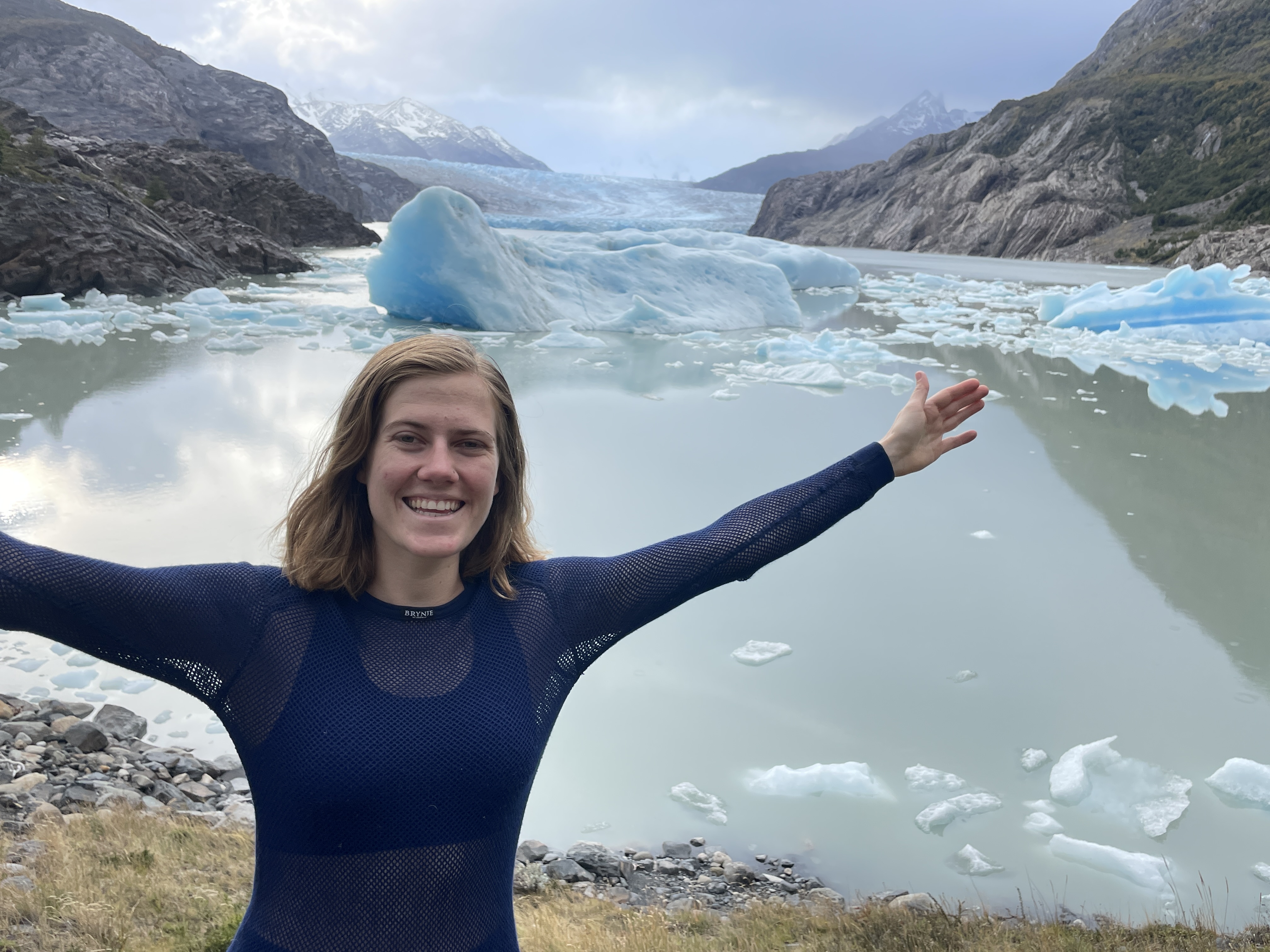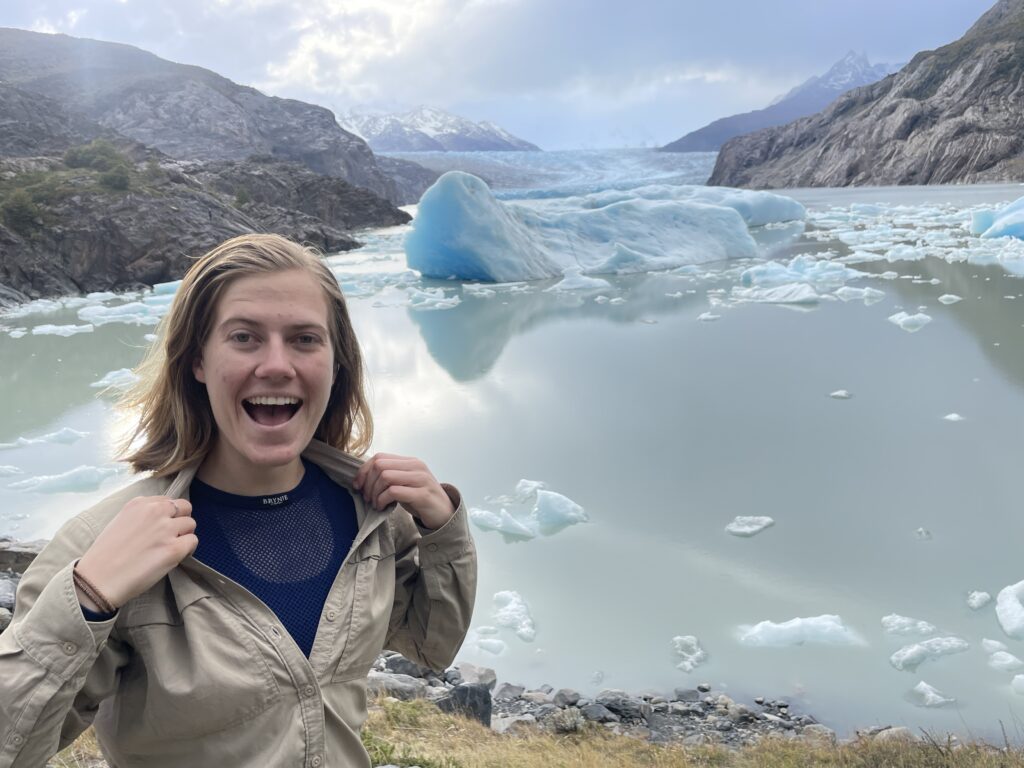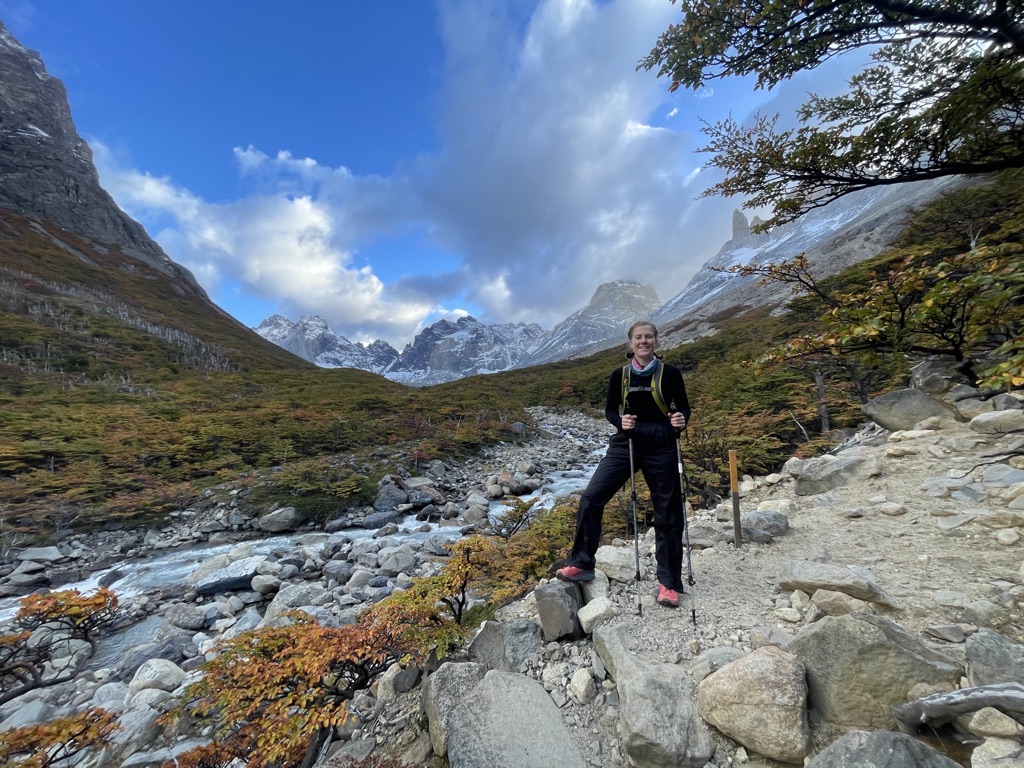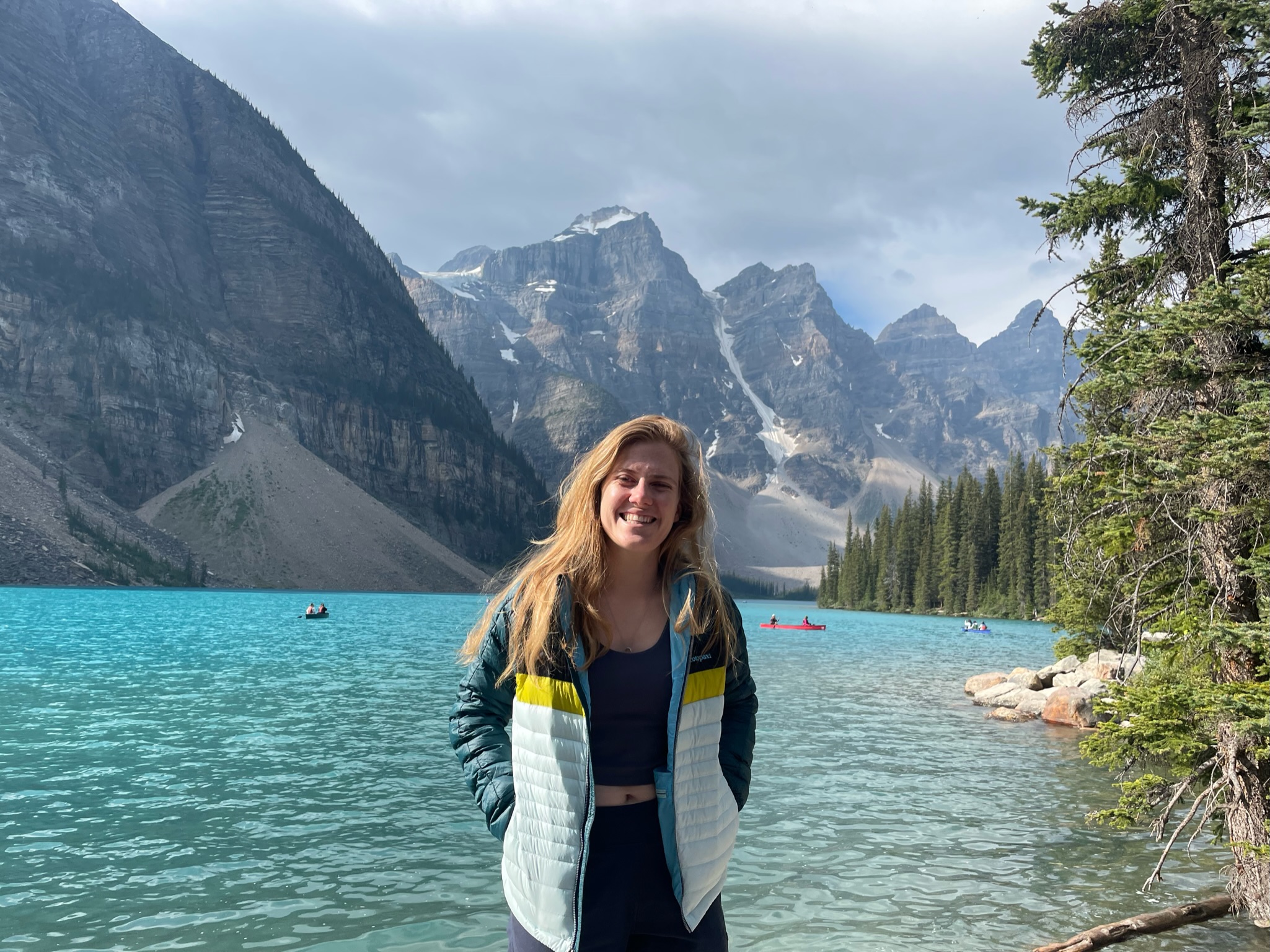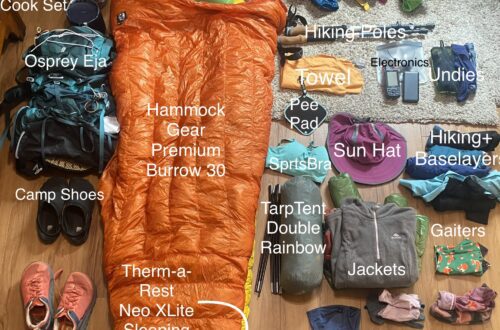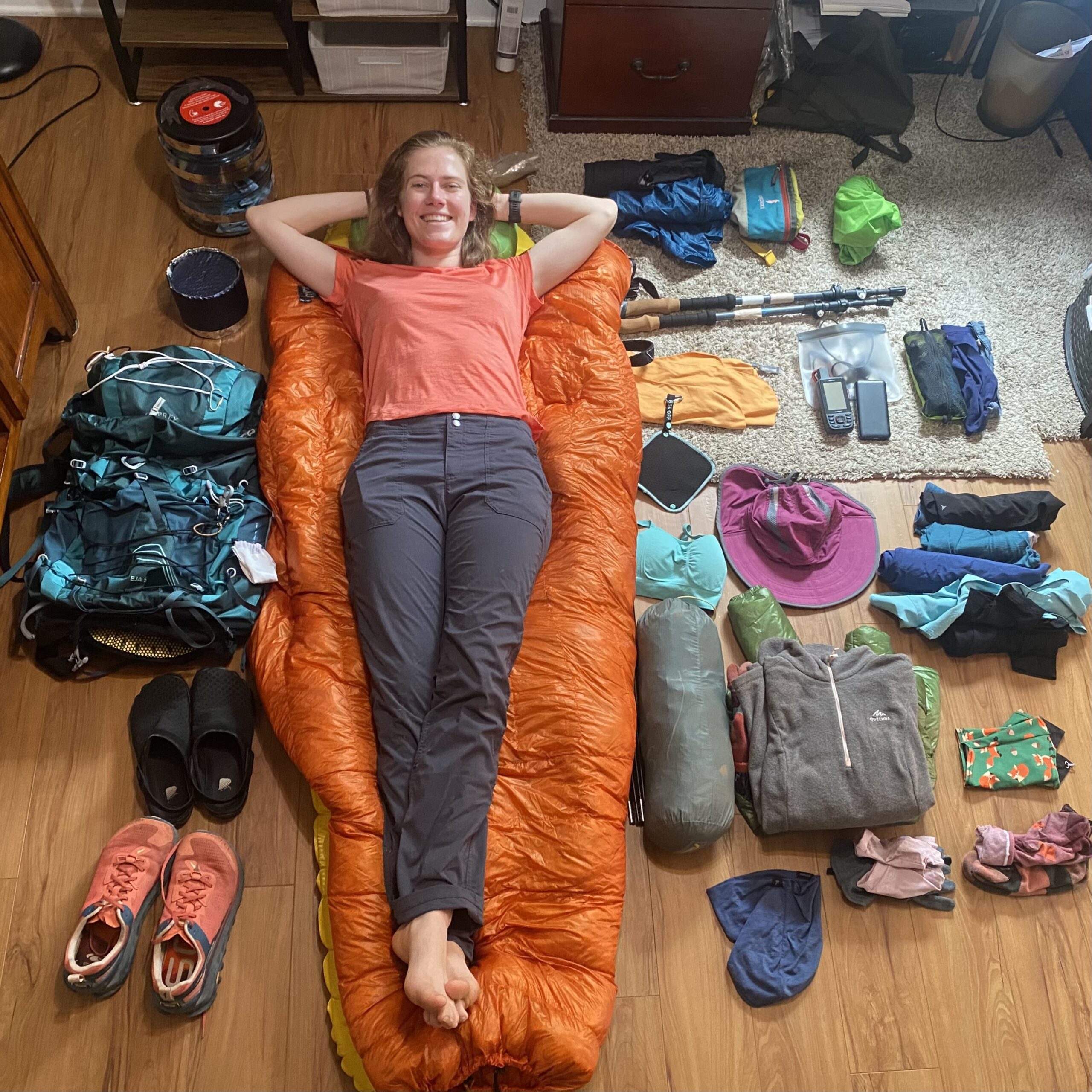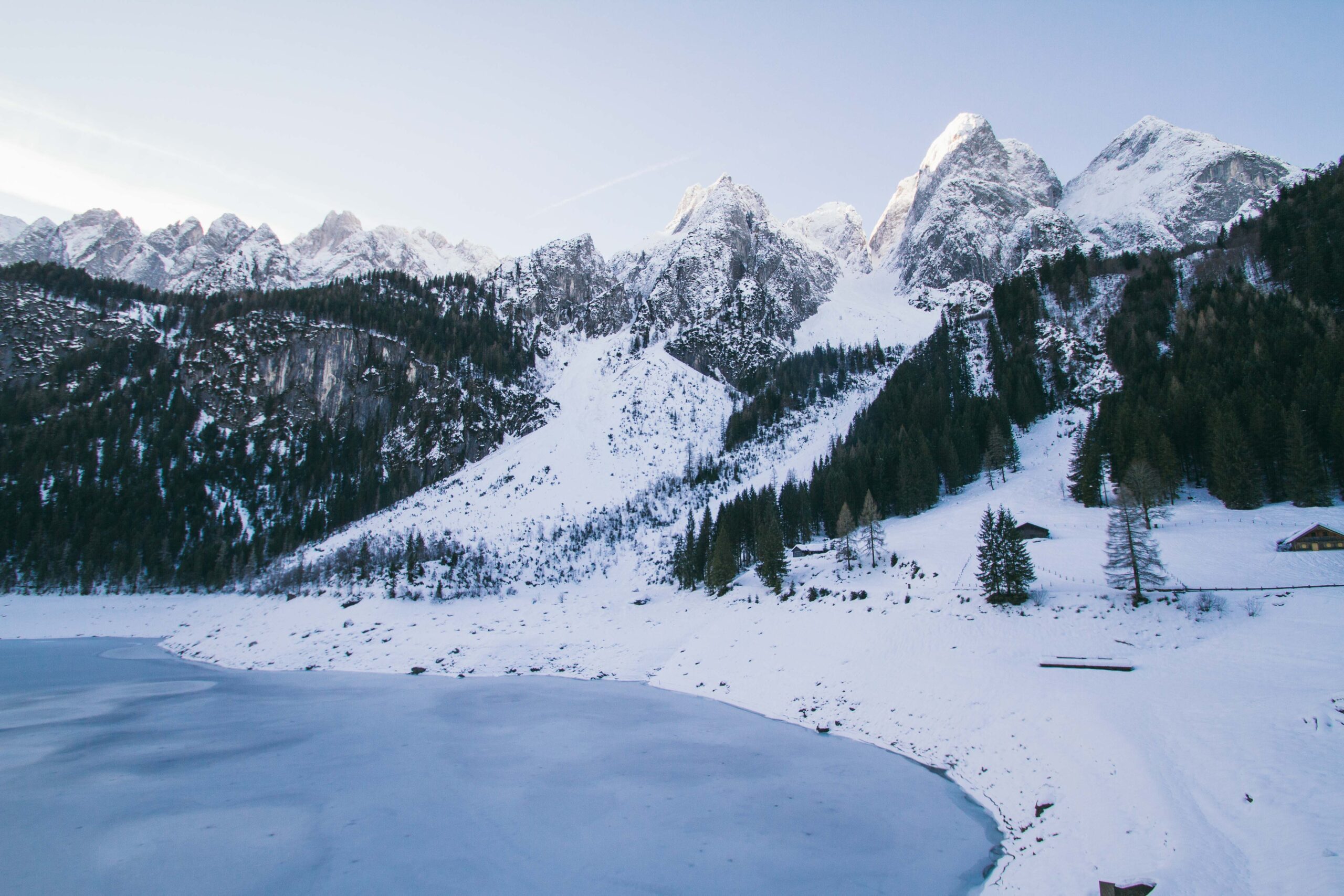
Brynje baselayers: Why I am trading out my solid knit for mesh
This post contains affiliate links. Clicking these links will cost you no extra, but you will help me in funding The Rambling Rover.
What are baselayers and why are they important?
As your first layer of clothing, baselayers are arguably the most important factor when it comes to regulating your body’s temperature–something vital to backpacking. Prior to stumbling upon Brynje baselayers (pronounced “Brin-ya”), all the baselayers I owned were made of Merino Wool. However, now that I know about Brynje, I may never go back.
Do not get me wrong, Merino Wool is great. For those who do not know, Merino Wool is a wool finer and softer than regular wool, making it comfortable to wear against the skin. It is great at transporting sweat away from the skin while also trapping air within its fibers, helping your body regulate its temperature and making it a great material for any active adventure. For this reason, some of the highest quality baselayers are comprised of Merino Wool.
My journey to Brynje
This year, as I prepped for the PCT I decided it was time for me to get some new baselayers. My Smartwool (a popular brand with high quality merino wool products) long sleeve top had holes in it from years of use, and I wanted a better quality baselayer for my legs than my current Old Navy leggings. As luck would have it, I stumbled upon the idea of mesh baselayers on reddit. Mesh baselayers? You may think, won’t I be colder wearing mesh than a solid piece of clothing? I had the same initial thoughts, however the reddit thread spoke positively of them, so my interest was piqued.
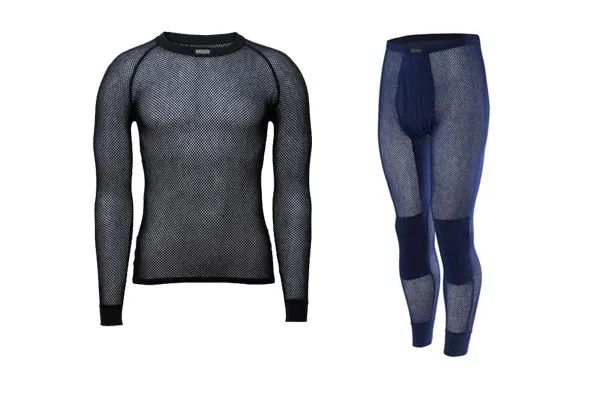
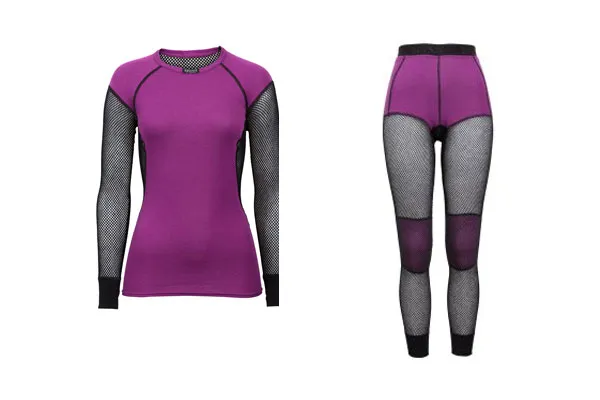
Brynje
As I began to dig deeper into the idea of mesh baselayers, I came across Brynje’s website. Brynje is a Norwegian brand whose products are used by the Norwegian Military, the Royal Marines in the UK, professional athletes, and numerous cold-weather expeditions (like Sir Edmund Hillary’s first ascent of the Mount Everest 1953).
They produce products both made with Merino wool and polypropylene:
The Wool Thermo (WT) mesh collection is made with Schoeller® 80% Merino wool and 20% polyester yarn providing excellent warmth when damp and superior odor attenuation. Brynje’s classic 3/8″ open weave design provides 4 to 6 times the insulation value of any solid knit by weight. The mesh design also allows moisture to transport to the outer layers in vapor form thus keeping you dry during periods of high activity.
Brynje’s WT Merino wool blend is very soft against the skin and has greater strength and durability than 100% Merino wool yarns. In addition, Merino wool’s great odor management properties means more uses between washings which protects both the garment and the environment. These garments are a great choice for virtually all conditions and activities.
Brynje original Super Thermo (ST) mesh is made from 100% Schoeller® Polycolon® synthetic yarn, knitted into a 3/8″ open weave mesh that provides 4 to 6 times the insulating power of any solid knit by weight. The polypropylene yarn absorbs virtually no moisture while the mesh design allows perspiration to pass through the garment in vapor form. Nothing wet against the skin!
Polypropylene also has a very high strength to weight ratio providing super light garments designed to withstand years of extreme use. Brynje Super Thermo baselayers have been used extensively in expedition work and are worn by Special Forces troops across the globe. Brynje ST garments are not just ideal for high intensity, cold weather activities. Because of the thermostatic qualities of the mesh, these baselayer garments are exceptional for warm weather use as well.
https://www.brynjeusa.com/product-category/super-thermo/
And on their website they even include a link to a Swiss study that describes the benefits of Brynje mesh.
Super Thermo (ST) vs Wool thermo (WT)?
I spoke in depth with Jeff from Brynje and he provided the following:
- Polypropylene (ST) yarn absorbs virtually no moisture, making it an extremely dry fabric
- Wool (WT) is less flammable so some military and fire fighters prefer wool. However, a case can be made that the lack of moisture retention may make the Polycolon version safer.
- The ST is dryer, lighter, stronger and, because it is dryer, it is warmer. The ST can be washed in a creek or lake and worn again in just a few minutes. You can’t do that with wool.
- The benefits of the WT primarily lie in its odor management
In Summary
After reading review after review, I began to think these may actually be just what I need. On top of the reviews of the warmth provided by these baselayers, they also beat out solid knit baselayers in weight and price. Brynje mesh longs (for your legs) and long sleeve shirt each weigh less than 5oz and cost around $75. Compare that with Smartwool Merino wool leggings and long sleeve shirt both of which hover around or above 7oz and typically are priced closer to $100.
For me, the choice was clear.
My Experience with Brynje in Patagonia
Patagonia posed the perfect opportunity to test the claims of Brynje—it is cold, rainy, and required a lot of physical exertion as I hiked +10 miles (+15km) a day.
Day 1 in Patagonia was the hardest hike of the whole week: climbing a mountain to see Mirador Torres.
As shown by the screenshot taken from FarOut, from the base of the mountain to the viewpoint, total ascent was 3.066.6 ft, with a descent of 656.5 ft, resulting in a net elevation gain of 2,410.1 ft and a total grade of 443.5 ft/mile.
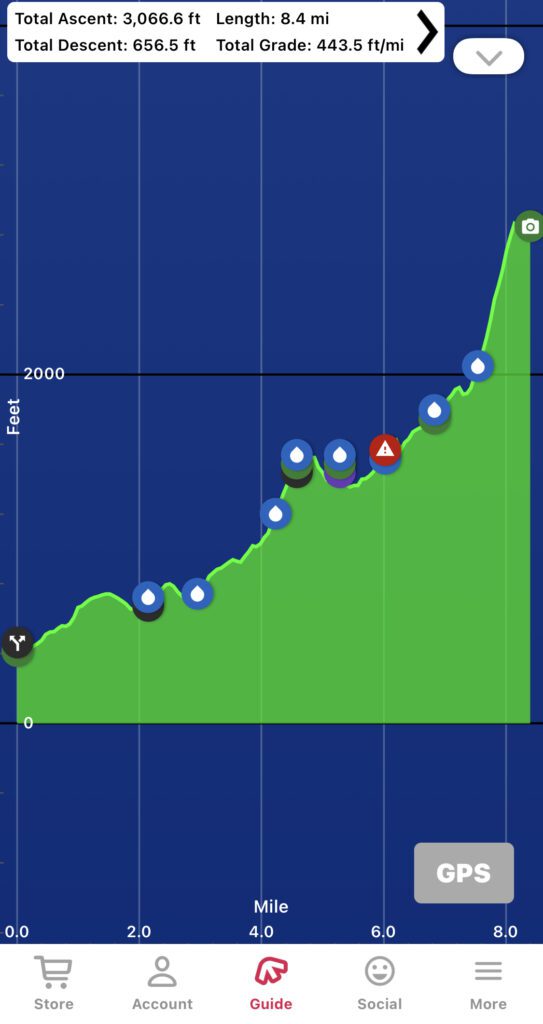
While we were in Patagonia, the temperature ranged from 36 °F-68 °F (2 °C-20 °C) which isn’t terrible, but in the park the wind can get up to speeds of 74 mph (120km/hr). Combine the two with rain… and let me tell you… we had some pretty chilly days.
That being said, I found the claims of Brynje to be accurate. I wore Brynje base layers for my top and bottom as I hiked to Mirador Torres and with them I felt my body temperature was regulated well. I never got too cold but if I got too hot, I would just vent the shirt I was wearing over my Brynje and I would return to an acceptable temperature. Even in those moments when I was hiking and I started to overheat, before I had the chance to vent, I never felt super sweaty inside my shirt, which I assume was the venue doing it’s job and allowing the sweat to escape/wicking it away from my body. At one point, I even hiked solely in my Brynje and, despite perhaps looking a bit funny in only mesh, it was amazing!
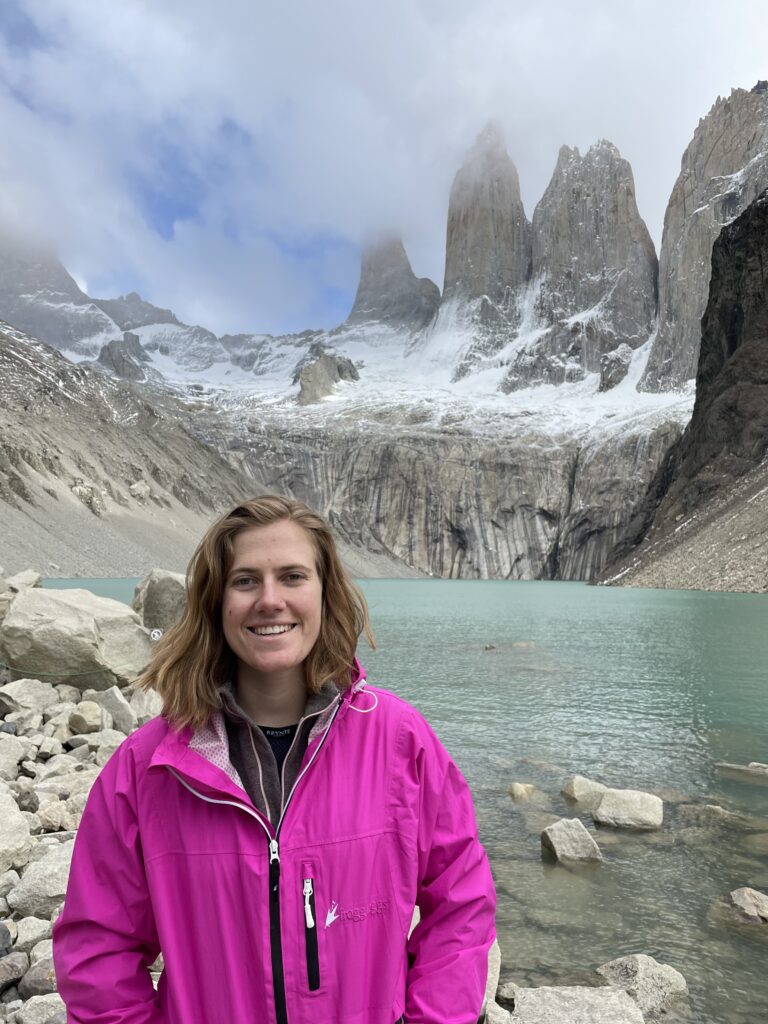
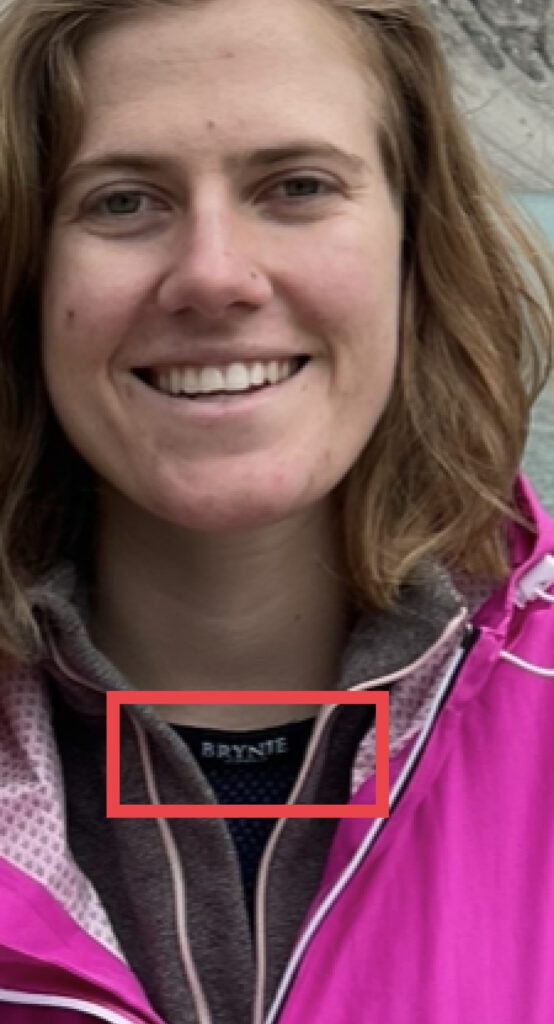
As you can see from my photo at Mirador Torres, I was wearing my Brynje and felt great.
At a later point, I hiked to Grey Glacier, and once again, my Brynje proved to be up to snuff.
